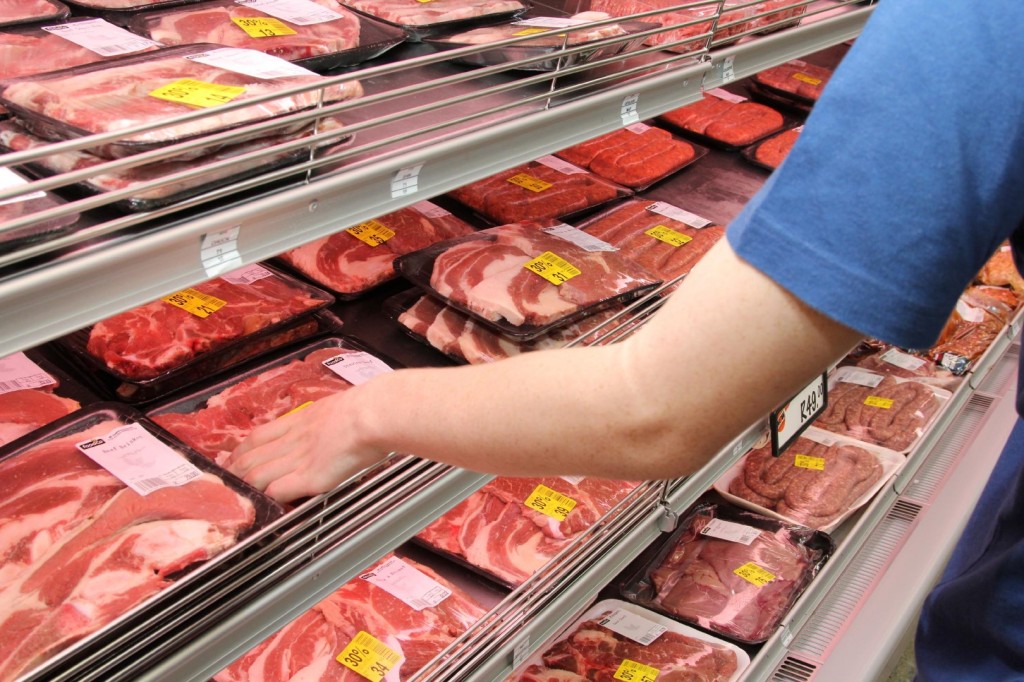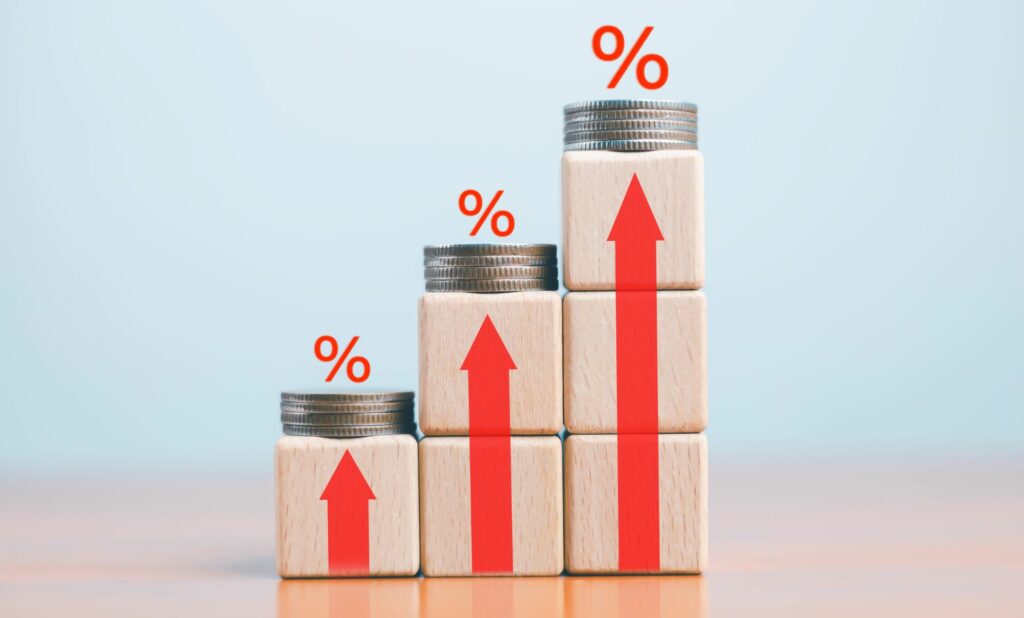
In April, South Africa’s headline consumer inflation saw a modest uptick, climbing to 2.8% year-on-year from 2.7% in March, according to recent statistics from Stats SA. This slight increase surpassed market forecasts and was largely driven by a noticeable rise in food prices, especially for meat.
Core inflation, which excludes volatile components such as food and fuel, fell to 3%, marking its lowest level since July 2021. This trend suggests a decrease in underlying inflationary pressures and a drop in consumer demand.
ADVERTISEMENT
CONTINUE READING BELOW
Rand vs dollar
“This decrease indicates a persistent alleviation of underlying inflationary pressures within the local economy, showcasing a general trend of moderate price changes in non-volatile goods and services,” commented Casey Sprake, an economist at Anchor Capital.
The inflation numbers were shaped by competing factors. On one hand, prices for food and non-alcoholic beverages soared by 4%—the most significant annual increase since September 2024. This surge was linked to widespread price hikes, particularly in meat, oils, sugar, and vegetables. Notably, meat prices rose by 3%, a stark increase from a mere 0.4% in the previous month.
On the other hand, fuel prices continued to fall, with inland petrol and diesel prices reducing to R21.62 and R21.94 per litre, respectively. Year-on-year, fuel expenses declined by 13.4%, driven by lower global oil prices and a stabilizing rand.
However, the Reserve Bank is challenged with a complex policy decision at its Monetary Policy Committee meeting set for 29 May. While the drop in core inflation supports arguments for rate cuts, global uncertainties and currency fluctuations present notable risks.
Read: Rate cut on the cards?
ADVERTISEMENT:
CONTINUE READING BELOW
“The MPC must weigh the favorable inflation outlook against potential upward risks that may stem from the fluctuating and unpredictable global context,” remarks the economic team at Nebank.
While some analysts forecast a 25 basis point rate cut, others anticipate the SARB will uphold current rates. Inflation remains comfortably within the central bank’s target range of 3-6%, though food price trends and external shocks will be closely observed in the coming months.
Read: Rand surges after South Africa flags inflation-target change
Follow Moneyweb’s in-depth finance and business news on WhatsApp here.






